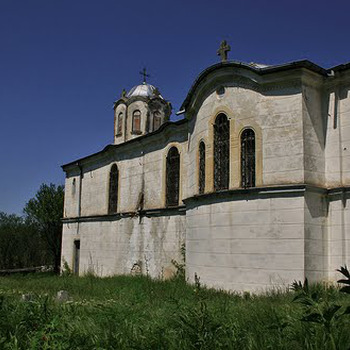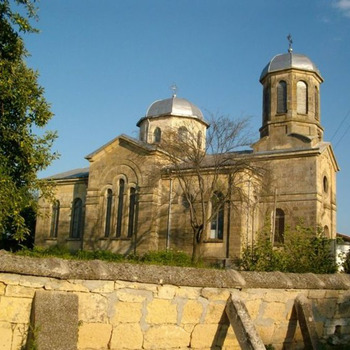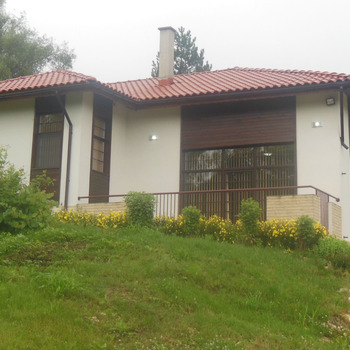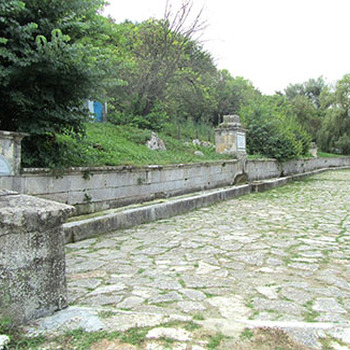NAAR Durostorum- Drustar- Silistra
Overview
The reserve includes three zones: 1. The reserve itself covers the borders of the citadel of Durostorum-Drustar to the Danube bank and the surrounding areas. 2. The area of the legionary camp and the cannabis covers the central and northeastern part of Silistra. 3. The area of the necropolises covers the southeastern periphery of Silistra. Druster is the medieval name of today's town of Silistra. The city originated on the foundations of the ancient city of Durostorum. The early Byzantine fortification Durostorum became the core of the medieval town of Drustar. After the christening of the Bulgarians it was the seat of the Bulgarian Orthodox Church, and during the Second Bulgarian Kingdom it was a metropolitan center. There are two fortress walls - north and south. The ancient city of Durostorum was the main outpost of the empire against the barbarians, then became Drustar, the center of medieval Bulgaria, and after the conversion of the Bulgarians was the seat of the Bulgarian Orthodox Church. During the Second Bulgarian Kingdom it was a metropolitan center. The city was founded more than 5000 BC by the Thracians. Then the Roman Empire conquered the city and founded the ancient Durostorum in 106, when by order of Emperor Trajan on the territory of today's city is housed one of the elite units of the Roman Empire - XI Claudius Legion. This is the beginning of a remarkable and glorious story. In 169, the emperor-philosopher Marcus Aurelius declared Durostorum a self-governing Roman city - a municipality. Between the 2nd and 6th centuries, Durostorum was the main stronghold of the empire against the barbarians. Here was born the "savior of Rome", also called "the last Roman" Flavius Aetius. Here in 303 - 307 12 saints died martyrdom, who became the foundation of Christianity in the Bulgarian lands. In 1987, a church was discovered in the center of the ancient city, which was immediately almost completely destroyed without being studied. It is a three-nave building built at the end of the 4th century. It is believed that it originally housed the relics of the local martyr Dazi Dorostolski. In the VI century, Emperor Justinian I rebuilt the city walls and it continues to be one of the great cities - fortresses in the Eastern Roman Empire - Byzantium. In the 7th century, under Emperor Heraclius and Emperor Phocas, the city was further fortified. Durostorum survived the Slavic invasions, although part of the population emigrated south of the Balkan Mountains, but part of the city's population survived and after the second half of the seventh century was included in the Bulgarian state established by Asparuh. The local population of Durostorum, consisting of Thracians, Romanized and Hellenized population, mixed with the Proto-Bulgarians and Slavs, and the city began to be called with the Slavicized version of the old name - Dorostol or Drustur. In the following years and centuries Dorostol was more than once conquered by Byzantium and returned to Bulgaria again.
Recommended
- Camping Srebarna
- Aydemir Monastery
- Protection of the Mother of God
- Mejidi Tabia Fortress
- Danube Park, Silistra
- Druster Fortress
- Historical Museum, Silistra


 Bulgarian
Bulgarian Romanian
Romanian




